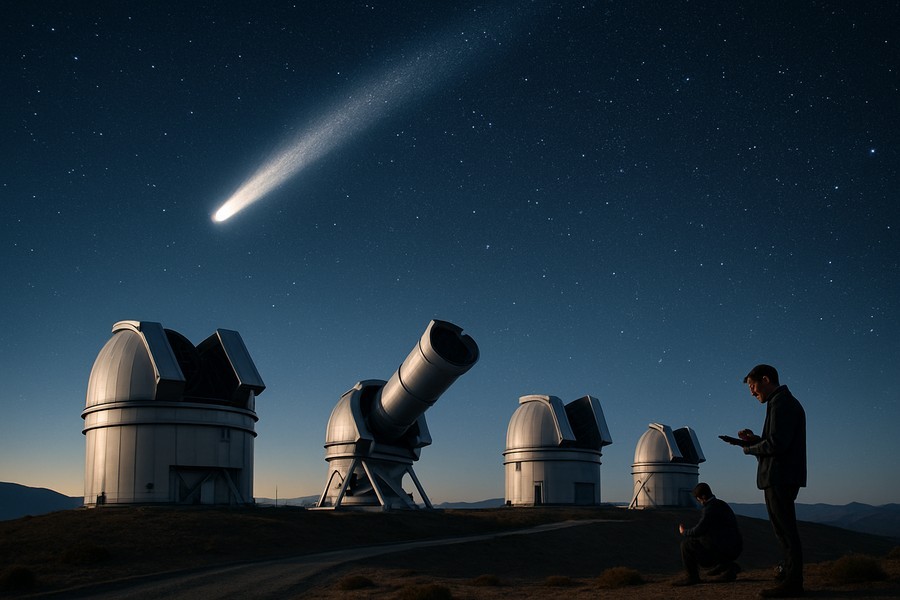
A Bizarre Space Intruder Piques Scientific Interest
Exploring the unknown is one of the most fascinating aspects of science. When it comes to deep space exploration, every discovery is a new frontier. Case in point: the latest celestial body, known as 3I/ATLAS, that has wandered into our solar system from the far reaches of the cosmos.
This discovery is particularly exciting because it is only the third time in recorded history that we have detected an interstellar object. The object was first seen in early July, moving towards our Sun from an unimaginable distance. Since then, it has become a topic of intense study for researchers worldwide.
Putting Powerful Tools to Work
Four of the most advanced telescopes in the world have been focused on 3I/ATLAS. These powerful tools are helping scientists collect and analyze data about the object. Although initial consensus suggests that it is a comet, the more we learn, the more complex the picture becomes.
Comets are small, icy bodies that release gases as they pass by the Sun. However, this object is proving to be different, and not just a regular comet. The data collected so far paints a much more detailed and intriguing story, making 3I/ATLAS an object of ongoing study.
Unusual Characteristics
Two telescopes have identified that the cloud of gas and dust, known as the coma, which surrounds the nucleus of the comet, has a higher proportion of carbon dioxide gas than anticipated. In fact, it has the highest carbon dioxide to water ratio ever observed in a comet.
Another telescope detected the object several months prior to its formal discovery. At that time, the object was already bright and active when it was six astronomical units from the Sun, beyond Jupiter's orbit. This activity at such a distance is unusual for most comets.
Further observations have also revealed that the comet has a peculiar "teardrop-shaped" dust cocoon around its icy core. Despite this, it does not have a distinct tail, a feature commonly associated with comets.
Mysterious Origins
Despite the wealth of data collected, the origin of 3I/ATLAS remains a mystery. Some researchers suggest that it may contain ices that have been exposed to higher radiation levels than those found in our solar system's comets. Others speculate that it might have formed close to the CO2 ice line in the disk around its parent star.
For now, we await further analysis and peer review of these initial findings. As it continues its journey through our solar system, the object will make relatively close passes by Jupiter, Mars, and Venus, providing additional opportunities for study.
Upcoming Observations
One suggestion is for a Mars orbiter to take a closer look as the object comes within less than two million miles of Mars. A few months later, a probe could potentially intercept it as it approaches Jupiter. These upcoming encounters may finally provide us with a deeper understanding of this peculiar space visitor.
While we may not yet fully understand this strange intruder from deep space, its discovery and ongoing analysis continue to push the boundaries of our understanding of the universe. As we patiently wait for more data, the intrigue and mystery surrounding 3I/ATLAS serve as a stark reminder of just how much we have yet to learn about the cosmos.
